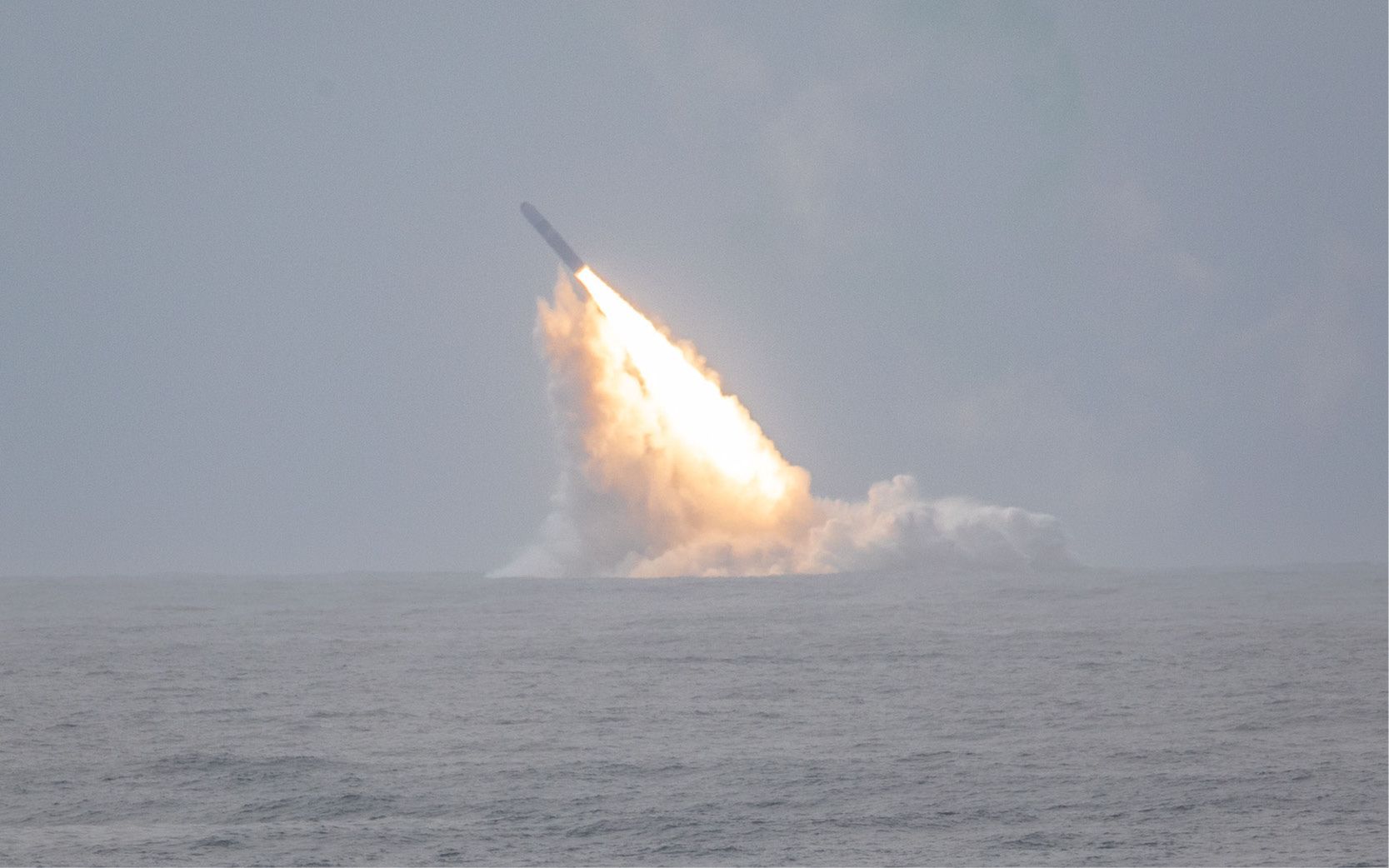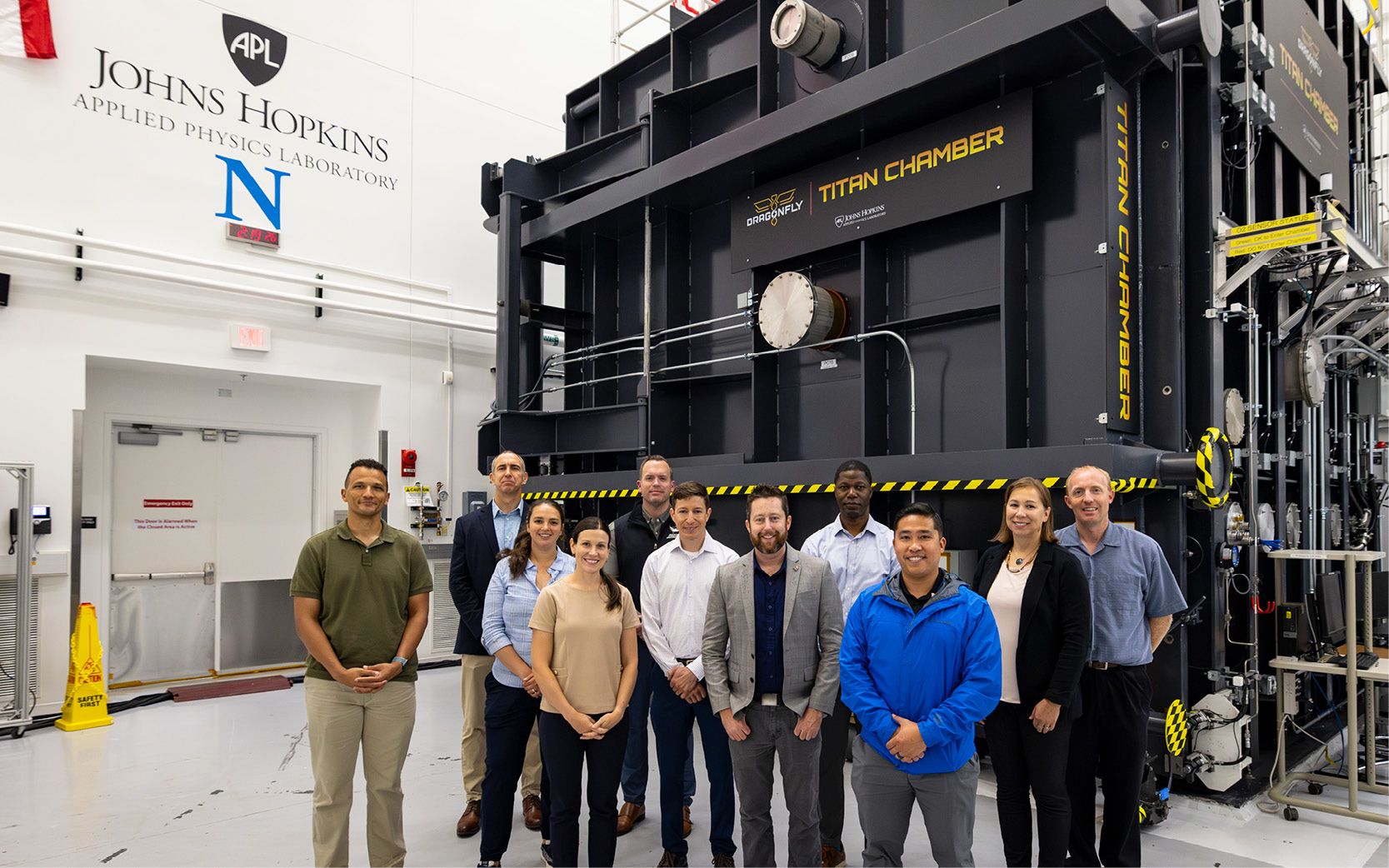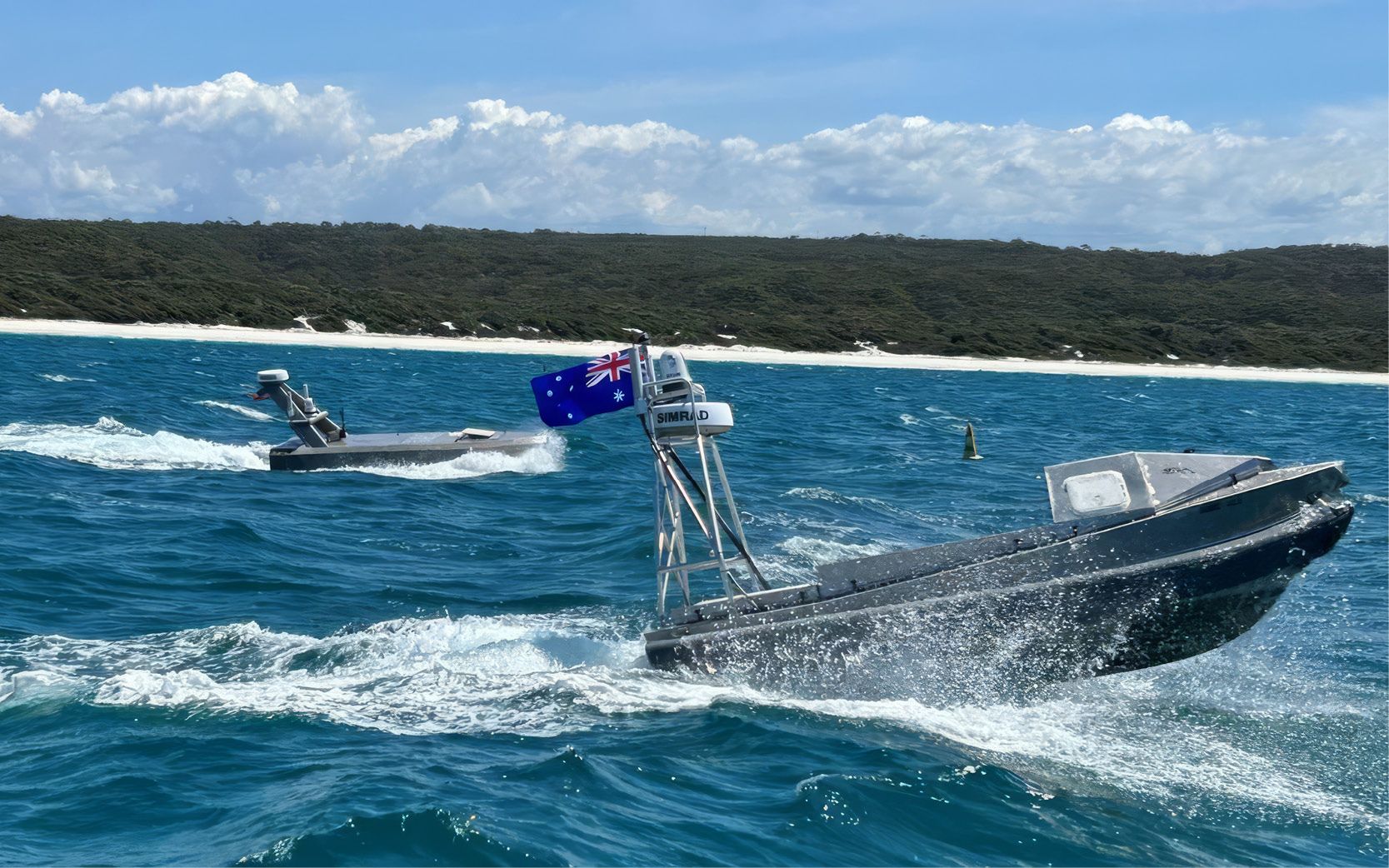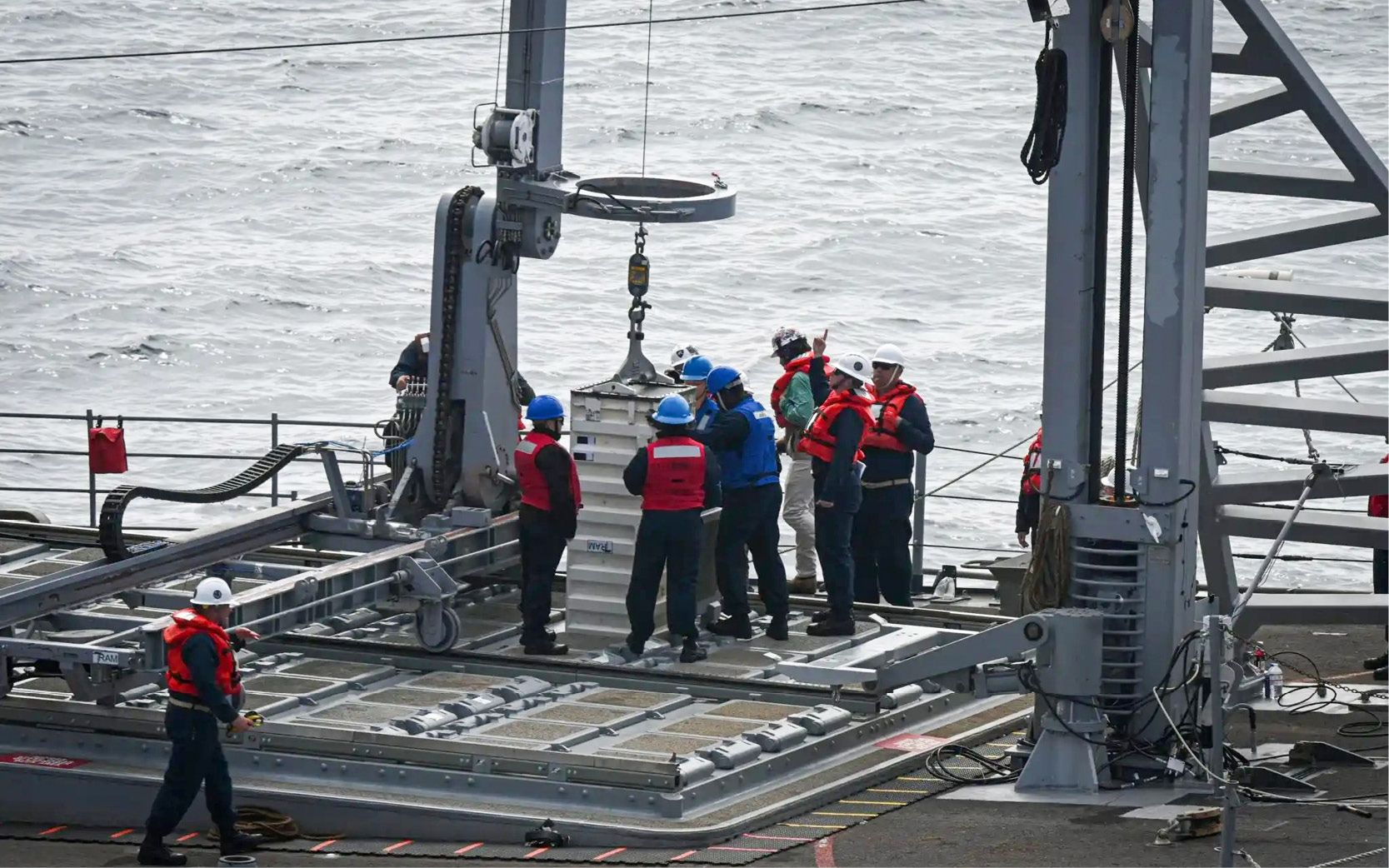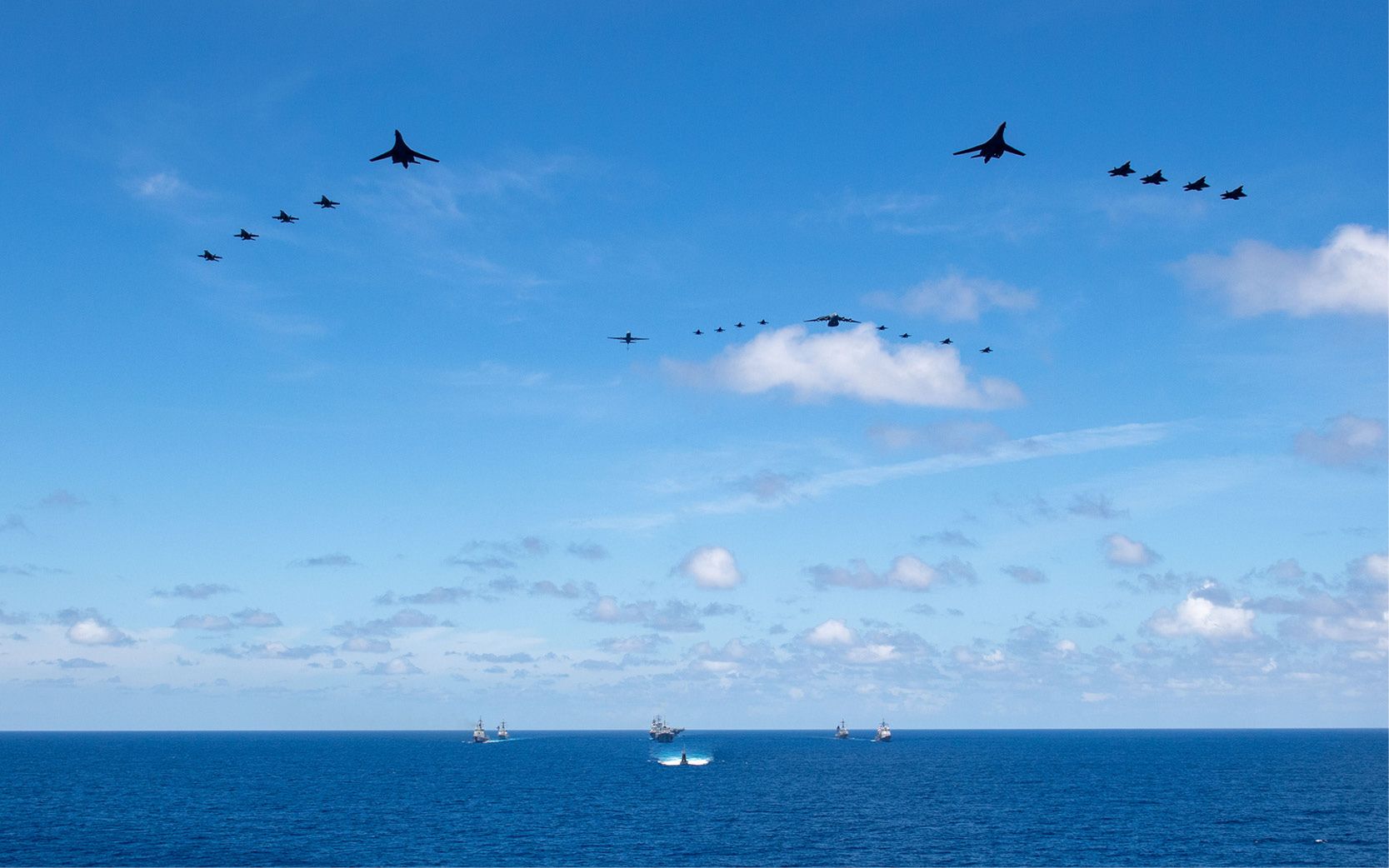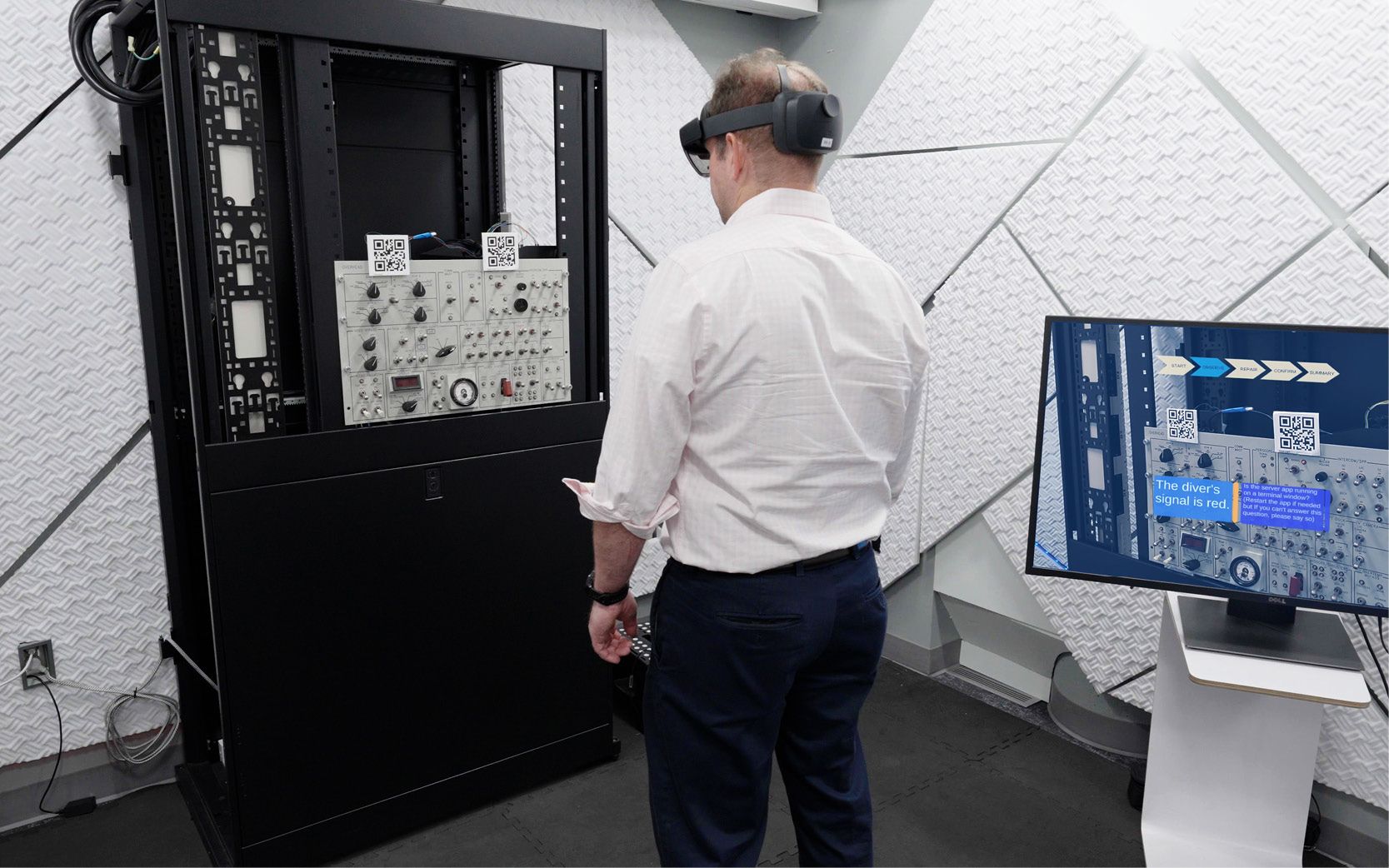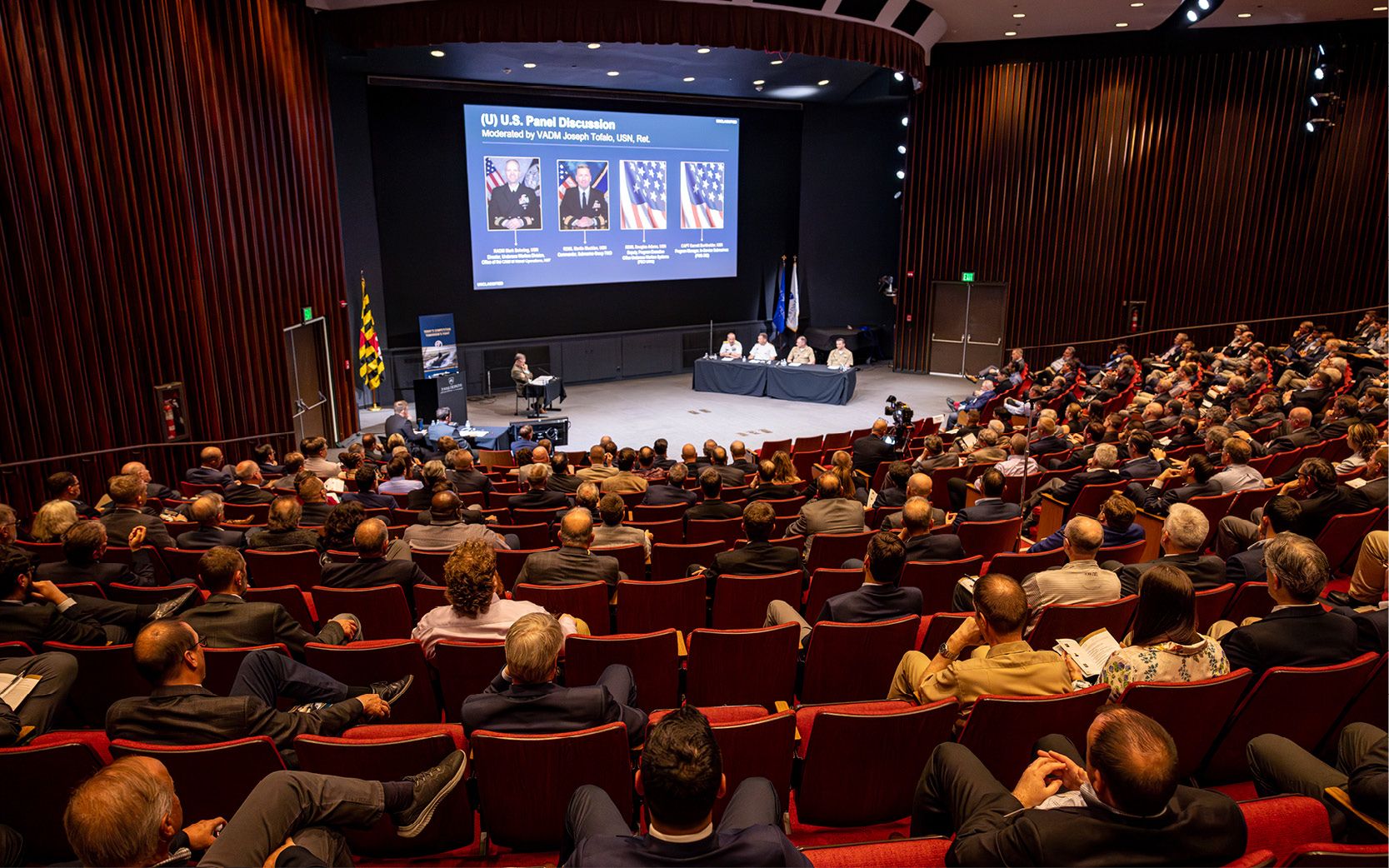Impacting Real-World Operations
The Laboratory plays a pivotal role in safeguarding U.S forces against a broad range of global threats, particularly in contested environments. APL’s Theater Defense Mission Area is homing in on cutting-edge solutions that enable the military to detect, track and intercept threats such as ballistic missiles, cruise missiles and uncrewed aerial vehicles across multiple domains.
Engagement with Navy leadership and fleet personnel has been pivotal to APL’s ability to tailor missile defense systems to real-world challenges. Vice Chief of Naval Operations Adm. Jim Kilby visited APL in July 2024 to meet with program leaders and engineers, including those from the Theater Defense Mission Area. The discussions focused on addressing operational challenges faced by the fleet and leveraging prototypes like the Cerberus planning system to enhance readiness and decision-making capabilities.
Similarly, APL welcomed crew members of the USS Mason on Sept. 11, following their deployment in the Red Sea. The sailors shared firsthand accounts of operating systems, many of which were developed with APL, under high-stakes conditions, providing valuable insights into the systems’ real-world performance. These collaborative discussions exemplify APL’s commitment to continuous improvement through direct collaboration with the Navy.

Crew and leaders of the USS Mason visited APL on Sept. 11 to share their experiences and provide insights on operating systems developed with APL in high-stakes environments. APL engineers use such feedback to refine tools and strategies to address emerging threats, and advance military resilience.
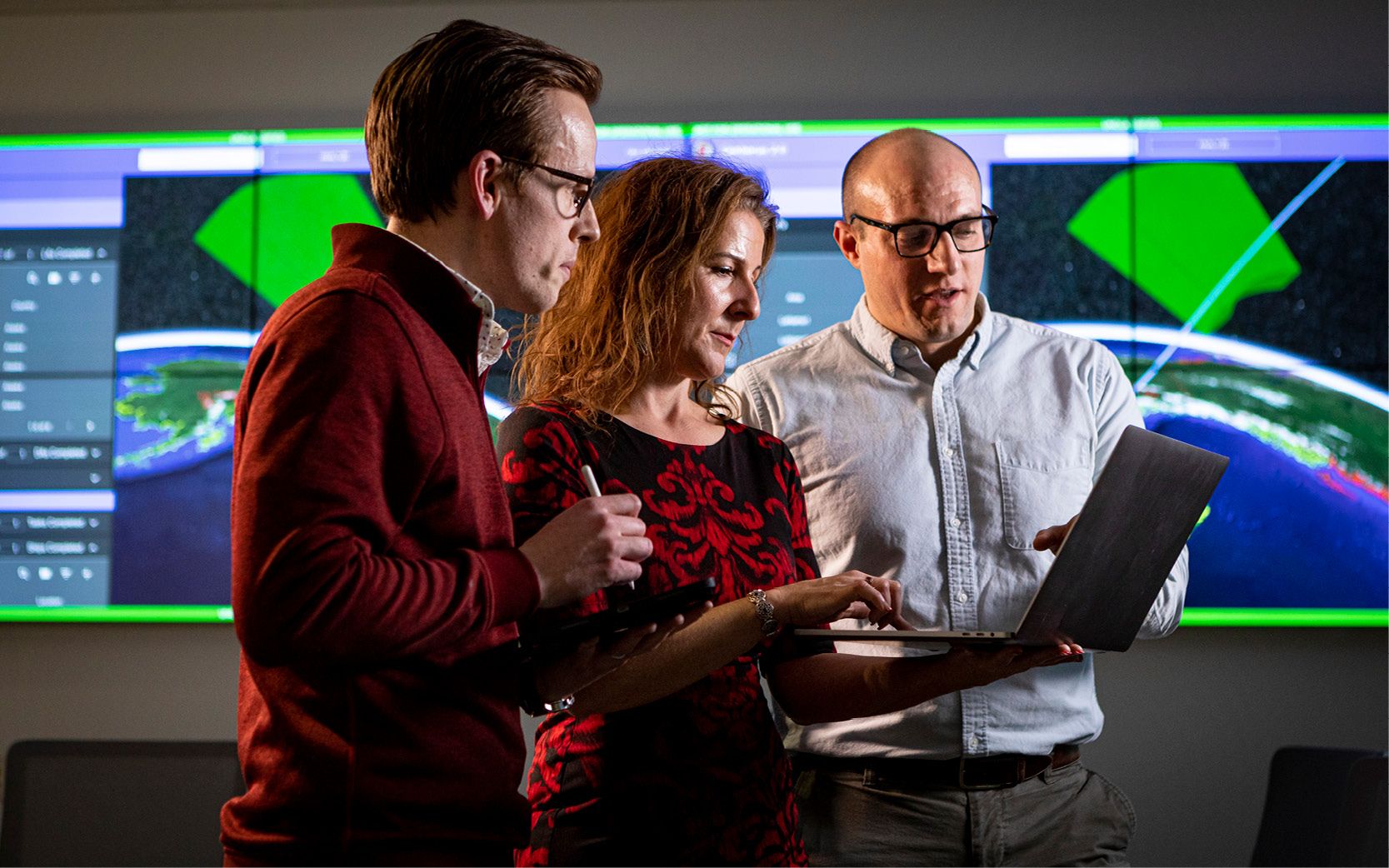
Development team members (from left) Derrick Treichler, Jackie Hatleberg and Travis Heslop work on APL’s Cerberus, an advanced mission planning tool that provides critical insights for optimizing defense strategies and resource allocation in dynamic threat environments.
“These engagements are extremely valuable,” said Vishal Giare, mission area executive for Theater Defense. “Hearing directly from the warfighter on how they employed these systems in complex operational environments arms our technical experts with essential insights to rapidly improve systems to meet their needs.”
These capabilities have been on operational display during U.S. Navy deployments in the Red Sea, where ships like the USS Mason, USS Arleigh Burke and USS Carney are facing sustained missile and drone attacks. The deployments, which ramped up following the breakout of hostilities in the region, marked the first time U.S. naval forces have encountered such sustained air threats since World War II. As the attacks happened, APL engineers provided the Navy with rapid assessment, analysis and recommendations for ship defensive actions in the region, helping to combat the evolving threats.
APL’s talent for quick data analysis and real-time guidance allowed the Navy to validate system performance and make adjustments on the spot.
“This agile evaluation and analysis sets APL apart as a technical leader in missile defense. We bring decades of missile defense experience to our sponsors, and our ability to adapt and provide insights in real time is critical to the Navy’s success,” said Margaret Mitchell, Aegis BMD Combat System Development Program manager.
Enabling this support is APL’s development of advanced prototypes like Cerberus, which is shaped by direct feedback from the fleet. Cerberus is designed to provide warfighters with critical insights during mission planning, helping to optimize ship positioning and resource allocation in high-pressure situations. This capability is aimed at addressing situations like the one encountered during the USS Arleigh Burke and USS Carney’s deployment, where the crews had to adapt rapidly to the threat of large raid missile attacks in coordination with our international partners in the region.
Hearing directly from the warfighter on how they employed these systems in complex operational environments arms our technical experts with essential insights to rapidly improve systems to meet their needs.
— Vishal Giare, APL’s mission area executive for Theater Defense
APL’s contributions also extend beyond individual deployments. Through its Integrated Combat Systems and Joint Capability Development programs, APL focuses on creating and maturing the next generation of air and missile defense capabilities for our forces. By incorporating lessons learned from engagements such as those in the Red Sea, the Laboratory ensures that the Navy’s missile defense and combat systems evolve to meet emerging threats. APL also continuously develops and refines naval doctrine and analyzes system performance using actual combat experience. Through this iterative process of analysis, adjustment and enhancement, APL is a critical partner in the Navy’s mission to defend U.S. interests globally.











